If bezel-less was the goal of OEMs in 2017, 2018 seems to be the year of the notch. Thanks in no small part to Apple's iPhone X, more and more smartphone manufacturers are designing their displays with this polarizing cutout. While many are frustrated with the trend, it's worth taking the time to consider what each phone gains with the unique design.
Reasons for building a smartphone with a notch vary greatly. Some of the more compelling reasons are based on technological need, where without the notch OEMs cannot produce the phones they want to, while others appear to do little but attempt to copy the look of the iPhone X. However, you can usually see a purpose in each use of the notch, even if some are stronger than others.
- Don't Miss: This is How Android P Will Handle Notches
Essential Phone: Tiny Bezels with a Front-Facing Camera
While many blame the iPhone X for sparking the notch-revolution (and perhaps rightly so), Essential was actually the first on the market to sport this iconic cutout.
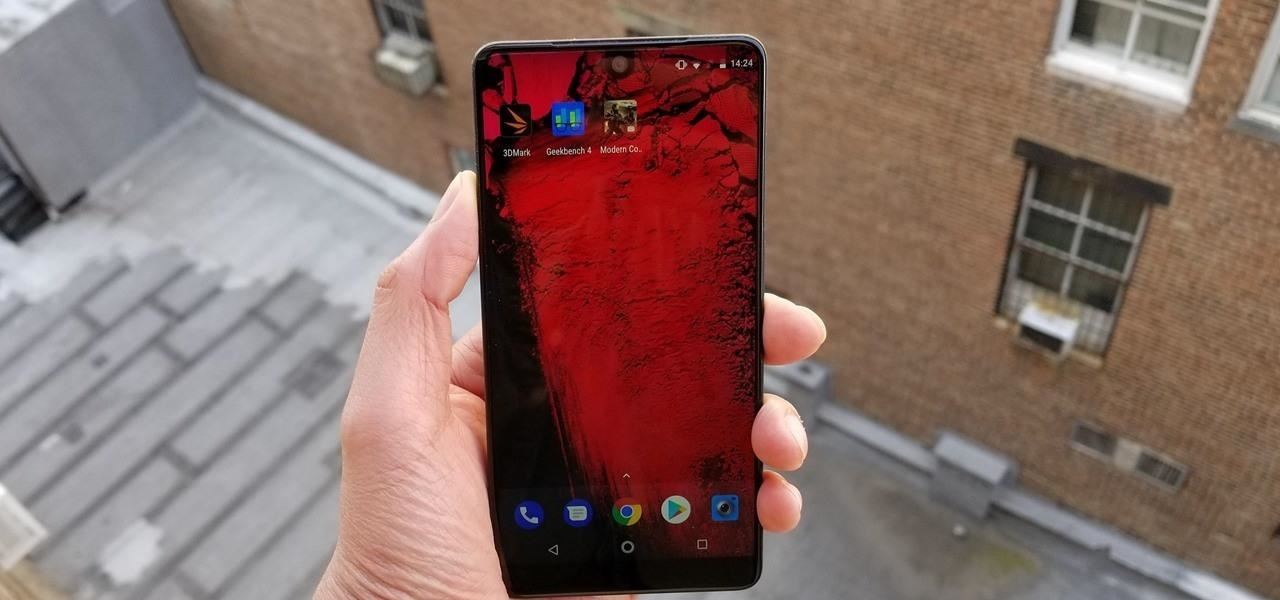
What separates the Essential Phone's notch from the other names on this list is in its shape and form factor — Essential's notch is very small, and basically covers only the single front-facing camera. While still very obvious at first, especially with a bright display, the effect isn't as intrusive as the typical notch style we see on other phones. In fact, Essential even placed the ambient light sensor and receiver inside this small space.
Although not the best seller of 2017 by any means, Essential's vision for the notch is more than impressive. It's surprising, then, that no other major OEM has chosen to model their devices after Essential's, instead electing to make their cutouts much larger (although maybe Essential's sales have something to do with that).
iPhone X: Face ID & Screen Real Estate
You can't talk about notches without talking iPhone X. Apple's 2017 flagship was an explosive device, and not just because of that $1,000 price tag. No, fans and critics alike debated the newest iPhone's most obvious feature — the notch.

Apple's notch is essentially what we find on most smartphones — an elongated dip in the display that gives "ears" to the top-left and right corners of the screen. You can debate the aesthetics of this design until the cows come home — nobody seems to agree on this, with many finding it uglier than what Samsung has done to shrink its phones' bezels.
Looks aside, however, Apple did have an excuse for implementing the notch — the iPhone X ditches Touch ID for Face ID, which relies on a powerful camera system that wouldn't fit the form factor of the Essential's notch. Apple could have elected to keep the Face ID camera system within a complete bezel, but chose to use that space for display instead.
Asus ZenFone 5: Notoriety?
When historians look back to the beginning of notch-egeddon, they may see the Asus ZenFone 5 as a key player. That's because it was the first Android smartphone to unabashedly sport an iPhone X-style notch, thus beginning a long and still-unended unrest in the Android community.

The key question here, however, is why Asus included a notch on the ZenFone 5. The company proudly boasts their notch is 26% smaller than the "Fruit Phone X," with a higher screen-to-body ratio. It's entirely possible Asus felt a notch was the ticket to creating a more immersive experience.
Of course, there are the accusations of Asus simply "copying Apple," and hopping on what they believed to be the smartphone bandwagon of 2018. The ZenFone 5 has nothing resembling Face ID, and even has one front-facing camera, like the Essential Phone. Their camera certainly does not contribute to a need for a notch, so Asus is really resting upon the "immersion" explanation here. As do many OEMs.
Huawei P20 & P20 Pro: Screen-to-Body Ratio
Huawei's P20 and P20 Pro are excellent devices, but you're not likely to think about that the first time you see one — Huawei elected to design these two phones with, you guessed it, a notch. So, what does it offer P20 buyers that, say, the Mate 10's display couldn't?

The answer seems to be similar to Asus'. While not drawing any direct comparisons to the iPhone X, Huawei does emphasize its newest phones' screen-to-body ratio, and how the novel design they call "FullView" makes for an immersive viewing experience. If you look, the P20's notch is significantly smaller than the iPhone's, as well as the ZenFone 5's, which gives you somewhat of a mix between that design and the Essential Phone.
However, like the ZenFone 5, the P20 doesn't seem to need that notch's real estate, even if it is smaller than other notches like it. True, the P20 has an incredible 24 MP front-facing camera, but if immersion were Huawei's ultimate goal, they could reduce the notch to the size of that camera by dropping the round speaker and the front-facing camera flash that it also contains. This would have left them with a more Essential-like notch that would be hard to complain about.
That being said, when you compare the P20 side-by-side with the Mate 10, you can see the difference that extra screen real estate makes. It might not be for everyone, but some are definitely going to like the way corner-to-corner displays look compared to bezels, however thin they may be.
OnePlus 6: To Be Determined
While yet to be officially unveiled, the OnePlus 6 has been confirmed to house a notch in its display. Fans were unhappy, to say the least. But will they be proven wrong by OnePlus' design choice?

While we don't know everything at this point, the notch is clearly much smaller than the iPhone X's. It's tough to say, but it could be closer to the size of the P20's notch than the ZenFone 5, which would open up the OnePlus 6 display corners quite a bit.
Still, based on the above render, the OnePlus 6 seems to fall in line with the reality that its notch could be made even smaller. Perhaps not all phones need a notch as small as the Essential Phone's, but there does appear to be quite a bit of unused space in this notch.
- Don't Miss: All the Latest OnePlus 6 News, Leaks & Rumors
LG G7: To Be Determined
Like the OnePlus 6, we are yet to officially see the LG G7. However, based on leaks and rumors, many are confident LG is including a notch in its upcoming flagship device. The story doesn't seem to differ much from other major phones with notches, as you can see in the photos below.


LG isn't rumored to be packing any iPhone X-like tech into the notch. In fact, we expect to see the same layout as many other Android devices, including a front-facing camera, ambient light sensor, and front-facing speaker.
We won't know until we get our hands on the phone, but from the rumors we have now, it appears LG's latest smartphone will fall under the same criticisms as the other phones on this list. Their notch looks like it could have been made smaller, which would only improve the immersion and screen-to-body ratio. However, it will be interesting to see what LG does with this notch, to see if they can separate themselves from the rest of the pack.
Just updated your iPhone? You'll find new features for Podcasts, News, Books, and TV, as well as important security improvements and fresh wallpapers. Find out what's new and changed on your iPhone with the iOS 17.5 update.
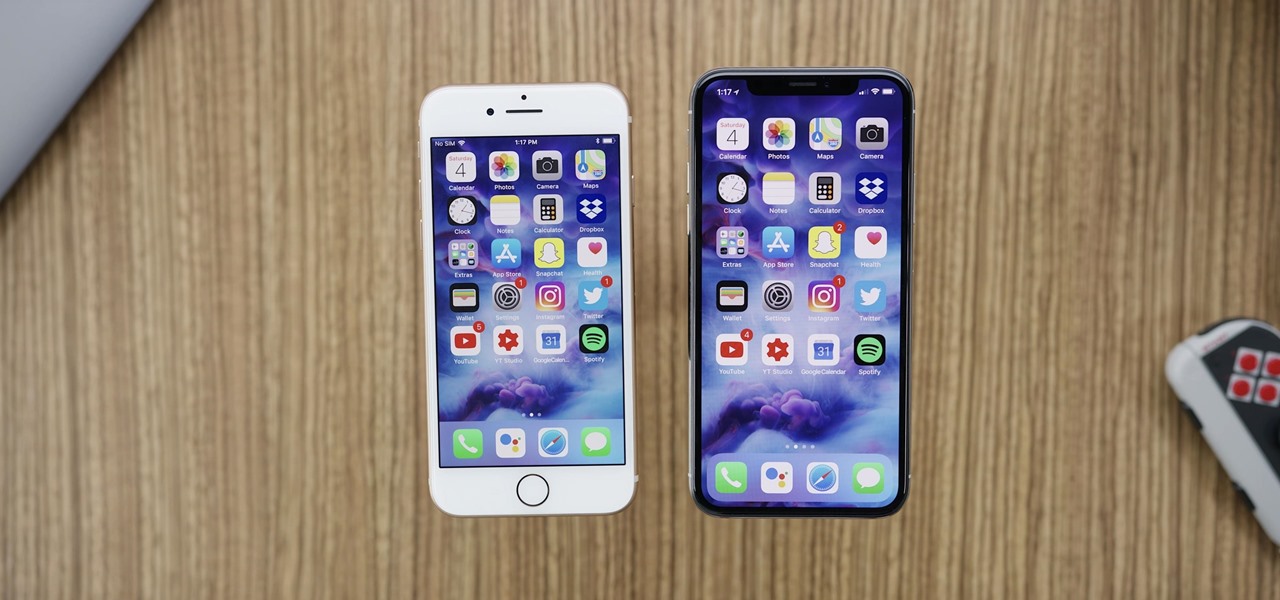




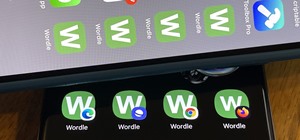

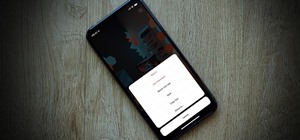



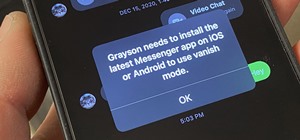



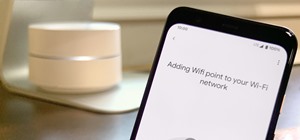

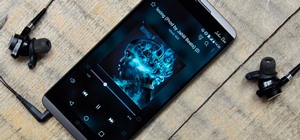




Be the First to Comment
Share Your Thoughts